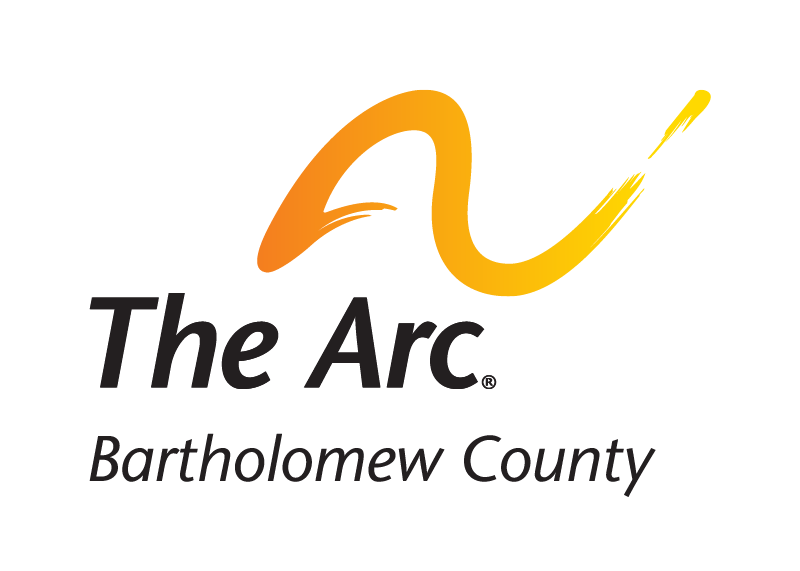Entering the Spectrum: Autism Communication Guide
Photo by Hal Gatewood on Unsplash
Happy Autism Awareness Month from The Arc! Now is a better time than ever to take some time to learn about the people with autism who make up nearly 3% of our population. One of the most significant barriers that exist between people with autism and neurotypical (no neurological disability) people is communication.
So, in the spirit of Autism Awareness Month, we are going to explore how to better communicate with individuals with Autism Spectrum Disorder (ASD).
Understanding Autism:
Autism Spectrum Disorder is a developmental disability that 1 in 36 children are born with (CDC 2020). Autism is a “spectrum” that can incorporate a wide variety of different side effects, but some of the most common are difficulties with communication, social interaction, and coping with external stimuli. However, it also grants individuals with autism a unique perspective of the world that can be quite insightful.
It is critical to understand that autistic individuals are just that — individuals. Each person comes with their own likes, desires, and potential triggers. Once you understand this, making connections with them can become much easier. There is no need to be intimidated or put off by their behavior; a little understanding can go a long way!
Communication Challenges:
Autistic individuals often have difficulties with communication. These difficulties can manifest in many different ways, but here are a few of the most common:
Eye Contact: Many autistic people find it extremely difficult and even painful to maintain eye contact with people. They aren’t ignoring you; they just aren’t comfortable looking in your eyes.
Body Language and Social Cues: It is common for people with autism to have difficulty understanding specific body language and social cues. What may be obvious to you may not even register for them. Many autistic people do not understand these and may even resort to memorizing them like you would a vocabulary word to know how to react to them. The same can be said with tones of voices.
Idioms and Figurative Language: Metaphors and idioms can confuse people with ASD. They often think fairly literally, so language that does not refer to literal meaning can throw them off. For example, an autistic person may find the idea that “It’s raining cats and dogs” very distressing.
Useful Strategies:
Now that we have covered several of the different ways that autistic people can have difficulty communicating let’s go over some strategies you can use to help mitigate these misunderstandings.
Do not force eye contact: If you realize a person hesitates to make eye contact with you, do not force it. Understand that they are interested in what you are saying. They aren’t trying to ignore you or be disrespectful; they just need to look at something else. Feel free to continue speaking.
Help them with body language: A large portion of human communication is done through tone of voice and body language. However, many autistic people have great difficulty with this. One of the best things you can do in this situation is to help them understand. They will be more than grateful for your assistance!
Avoid abstract language: While idioms and figurative language may be a great way to add flavor to your language, it may not be the best idea to use them around people with ASD. It can easily lead to confusion. However, it is always safe to try it! Remember that autism is a spectrum, and every autistic person is at a different level of understanding. Just be prepared to explain what you meant if they need help understanding.
Finding Common Ground and Creating a Supportive Environment:
Autistic people are people first. As a fellow person, it is not that difficult to find a common ground with them. You could share a similar interest, a favorite sports team, or even both have an aunt named Donna. No matter what it is, you will be able to find some way to relate to them.
There is no need to feel uncomfortable or intimidated by them. While they may think and look at things differently than you, they can still make amazing friends, family, and co-workers. They bring a unique perspective that could bring an insight you never would’ve thought of!
Promoting Advocacy and Community Acceptance
Creating a welcoming and inclusive environment for people with ASD is the best way to help them. As we discussed before, many of the challenges autistic people face are based on anxiety around unfamiliar situations. Assisting them to become more comfortable in public situations makes them more likely to open up and communicate with others.
Additionally, promoting acceptance and understanding within our communities for people with disabilities will improve our society for everyone involved. Not only do autistic people have a lot to offer to society, but so do people of all different types of disabilities. We can lead to a more equitable tomorrow by taking small steps towards equality today.
By the way, did you know that an autistic person wrote this article?
Happy Autism Awareness Month and, as always, pace towards perfection.

